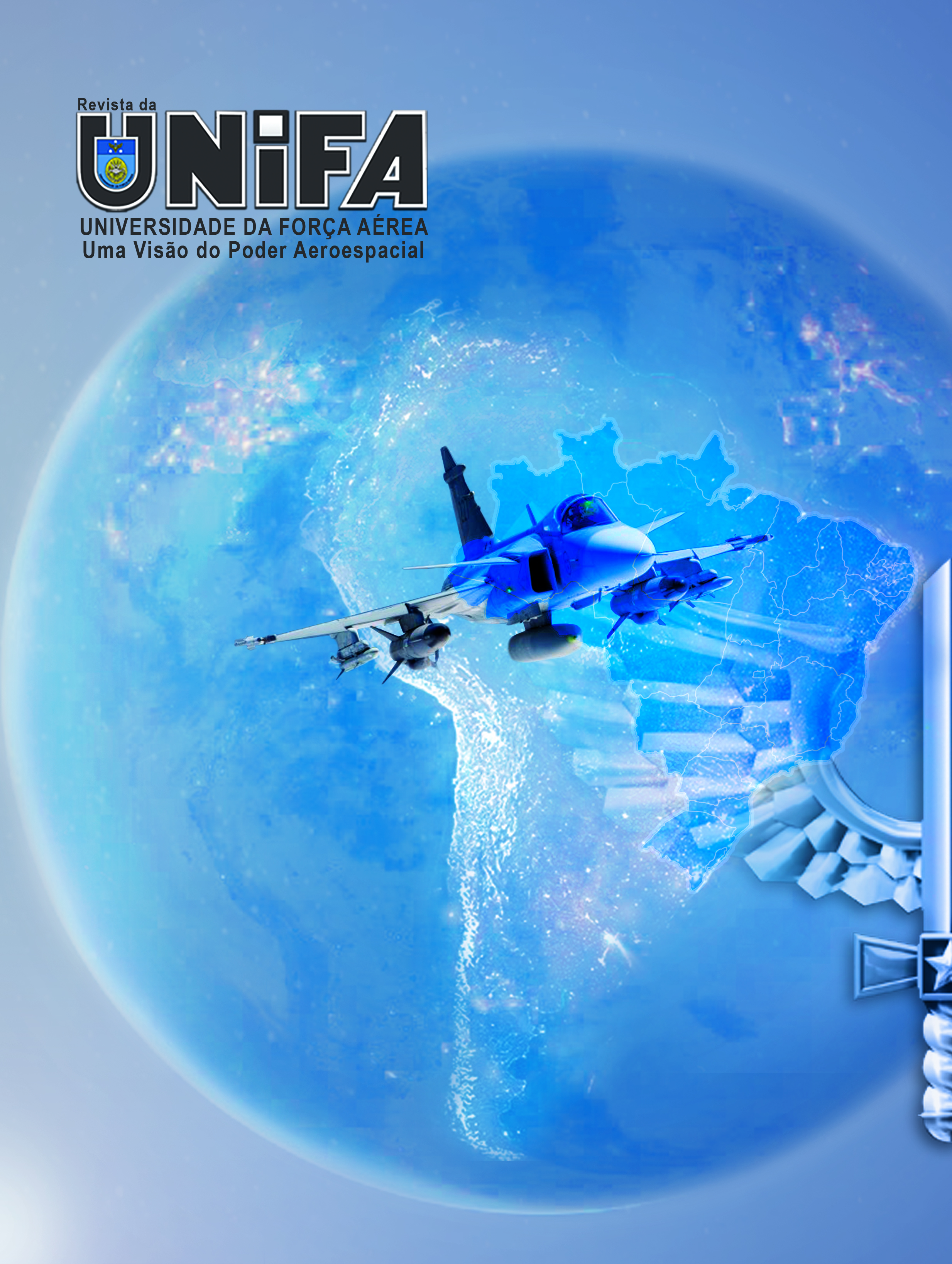Génesis de la Bipolaridad de Confrontación Indirecta en la Guerra de Corea
DOI:
https://doi.org/10.22480/revunifa.2020.33.217Palabras clave:
Guerra de Corea, Guerra limitada Bipolaridad de confrontación indirecta, Asimetría inversa reflejaResumen
Este artículo busca analizar la aparición del fenómeno llamado Bipolaridad de Confrontación
Indirecta (y asimetría inversa refleja), cuya génesis ocurrió durante la Guerra de Corea. Con este fin, comienza abordando el papel chino y el despreciado protagonismo soviético en el conflicto coreano, pasando por la retirada norteamericana en la confrontación y el enfrentamiento entre los líderes militares estadounidenses en ese
momento (el presidente Harry Truman y el general Douglas MacArthur), así como por el éxito de la estrategia de emplear el poder aéreo en contra la superioridad numérica de las tropas de tierra chinas y norteamericanas, que terminó consolidando, en toda su plenitud, el nuevo concepto geopolítico y geoestratégico de “Guerra limitada” y la propia
Bipolaridad de Confrontación Indirecta.
Referencias
BARNOUIN, B. Zhou Enlai: A Political Life. Hong Kong: Chinese University Press, 2006.
BOOSE, JR., D. W. Fighting While Talking: The Korean War Truce Talks, 2000.
CHAE, R. NKIDP e-Dossier Nº. 7: East German Documents on Kim Il Sung’s April 1975 Trip to Beijing. North Korea International Documentation Project, Woodrow Wilson International Center for Scholars. 1975.
CHINESE Troops Enter North Korea. Disponível em: http://teachingamericanhistory.org/static/nch/ interactives/timeline/data/102550.html. Acesso em: 27 fev. 2017.
CROUCH, T. Asas. Rio de Janeiro: Record, 2008.
CRS REPORT for Congress (CRS-3). American War and Military Operations Casualties, 2008.
FRIEDRICH, J. Yalu. Rio de Janeiro: Record, 2011.
GONCHAROV, S. N.; LEWIS, J. W.; LITAI, X. Uncertains Partners: Stalin, Mao, and the Korean War. Redwood: Stanford University Press, 1993.
HALBERSTAM, D. The coldest winter: America and the Korean War. Nova Iorque: Hyperion, 2007.
ISBY, D. C. Fighter Combat in the jet age. Nova Iorque: Harper Collins, 1997.
JIAN, C. Mao’s China and the Cold War. Chapel Hill: University of North Carolina Press, 2001.
KIM, J.; LEE, J. North Korea Shells South in Fiercest Attack in Decades. Reuters. Disponível em: https://www.reuters.com/article/us-korea-north-artillery/north-korea-shells-south-in-fiercest-attack-in-decades-idUSTRE6AM0YS20101123. Acesso em: 23 nov. 2010.
KISSINGER, H. Sobre a China. Rio de Janeiro: Editora Objetiva, 2011.
KOLB, R. In Korea we whipped the Russian Air Force. In: UFW Magazine: veterans of foreign wars. Washington DC, 1999.
THE KOREAN War: Years of Stalemate: Disponível em: http://www.history.army.mil/brochures/kw-stale/ stale.htm. Acesso em: 27 fev. 2017.
LACINA, B.; GLEDITSCH, N. P. Monitoring Trends in Global Combat: A New Dataset of Battle Deaths. European Journal of Population, n. 21, 2005.
MANCHESTER, W. American Caesar: Douglas MacArthur 1880-1964. Boston: Little, Brown and Company, 1978.
MCWILLIAMS, B. On Hallowed Ground: the last battle for Pork Chop Hill. Annapolis: Naval Institute Press, 2004.
MOSSMAN, B. C. Ebb and Flow. November 1950 - July 1951. Washington DC: United States Army in the Korean War, Center of Military History. 1990.
NNSC in Korea. Swiss Armed Forces, International Command. Korea: Disponível em: http://www. forsvarsmakten.se/en/Forces-abroad/Korea. Acesso em: 27 fev. 2017.
NORTH KOREAN Torpedo sank South’s Navy Ship: Disponível em: http://www.bbc.co.uk/ news/10129703. Acesso em: 27 fev. 2017.
STEWART, R. W. The Korean War: The Chinese Intervention. Washington DC: U.S. Army Center of Military History, 2015.
STOKESBURY, J. L. A Short History of the Korean War. Nova Iorque: Harper Perennial, 1990.
VARGAS, A. O Conflito que Quase Deu Início à Terceira Guerra. Aeromagazine, São Paulo, 2012.
WERREL, K. Sabres over MIG Alley: The F-86 and the Battle for Air Superiority in Korea. Annapolis: Naval Institute Press, 2005.
ZHANG, S. G. Mao’s Military Romanticism: China and the Korean War, 1950-1953. Lawrence: University Press of Kansas, 1995.
ZHIHUA, S. China and the Dispatch of the Soviet Air Force: The Formation of the Chinese-Soviet-Korean Alliance in the Early Stage of the Korean War. The Journal of Strategic Studies, vol. 33, n. 2, 2010.
Descargas
Publicado
Número
Sección
Licencia
LicenciaRevista da UNIFA permite que o (s) autor (es) mantenha(m) seus direitos autorais sem restrições. Atribuição-NãoComercial 4.0 Internacional (CC BY-NC 4.0) - Revista da UNIFA é regida pela licença CC-BY-NC









